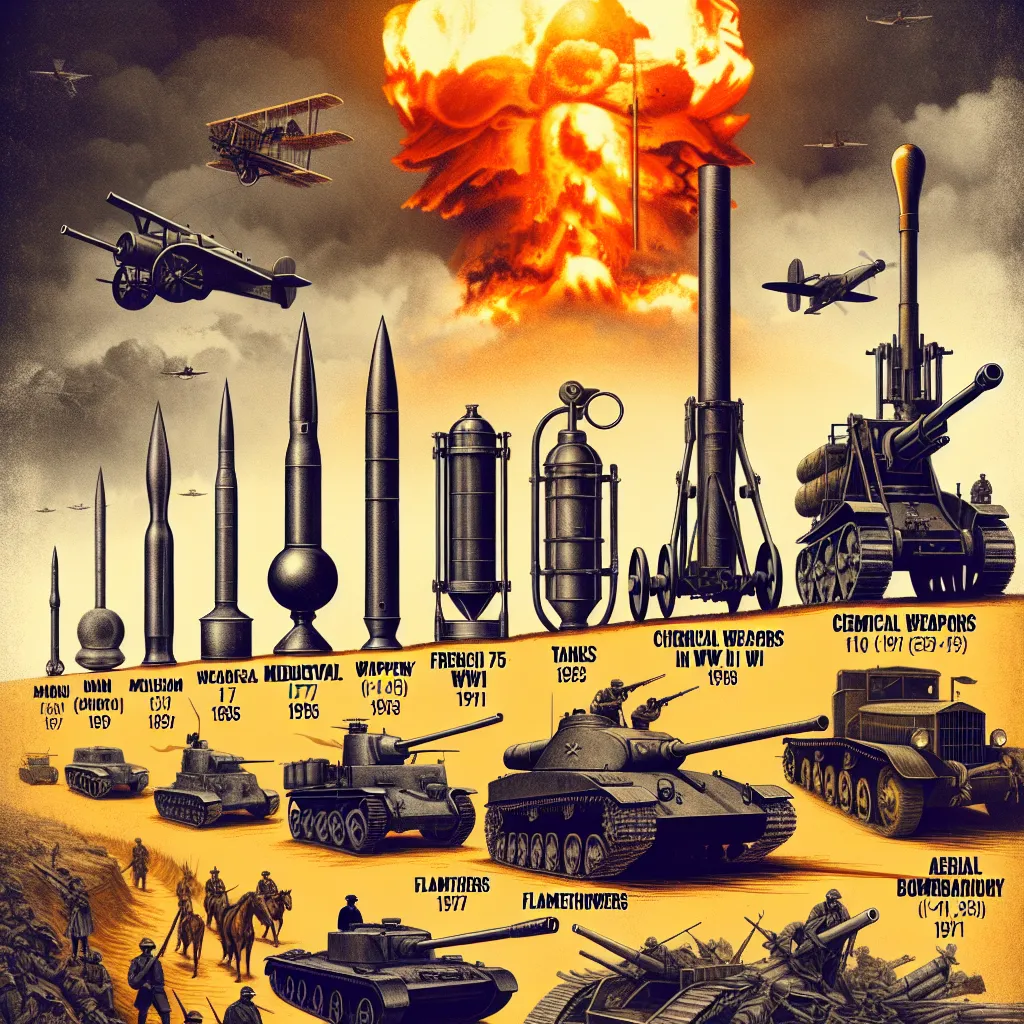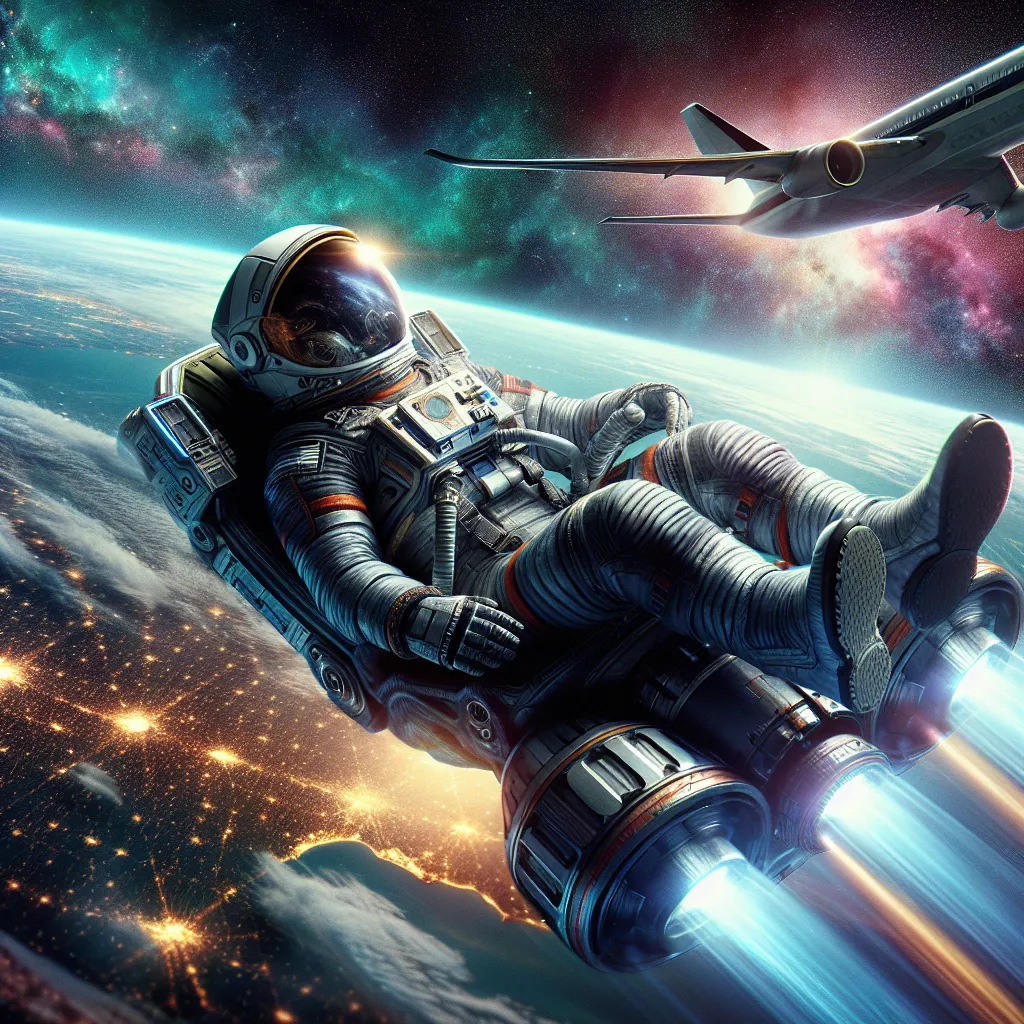Imagine bullets evolving like characters in a sci-fi novel. We’ve come a long way from basic lead musket balls to modern munitions that are smarter and more precise than ever before. It’s wild to think that bullets might soon be able to lock onto targets, steer themselves mid-flight, and never miss.
Bullets have always been deadly, molding the course of history and warfare. What started as crude pellets has transformed into polished projectiles like the Ranger Talon—a bullet that tears through its target with a vengeance. Guns themselves have evolved from muskets, which were about as accurate as throwing rocks, to today’s high-caliber sniper rifles that can penetrate an armored car with a single shot.
What’s dazzling is the science behind ballistics—the study of how bullets move, fly, and impact. Imagine a bullet’s journey, slowed down 800 times to see it cut through the air, forming shock waves, barreling towards its destiny. The modern bullet, a marvel of engineering, is a seamless marriage of a soft lead core and a sturdy copper jacket, propelling forward thanks to an explosive charge within its casing.
Traveling back to the early days of firearms, guns were nothing more than portable cannons, clunky and unreliable. Loading them involved a tedious process of packing lead balls and gunpowder into the barrel. Accuracy? Pretty much wishful thinking. It wasn’t until gunsmiths made a breakthrough that everything changed: rifling. By cutting spiral grooves inside the barrels, they discovered bullets could spin, dramatically improving their flight stability and accuracy.
Fast-forward a few centuries, and firearms like the Kentucky Rifle and the Springfield Breach Loading Rifle showed remarkable improvements in accuracy and rate of fire. Revolvers like Samuel Colt’s creation allowed for rapid, consecutive shots, forever changing close-quarter combat.
Looking at modern police scenarios, the perfect bullet is about stopping power without collateral damage. Enter the hollow point bullet, designed to expand on impact, creating maximum internal damage while minimizing the chance of over-penetration and unintended injuries. For more power at close range, nothing beats the brute force of a shotgun, especially loaded with buckshot—think of it as firing multiple rounds with each pull of the trigger.
Sometimes, law enforcement needs the precision of a rifle, designed for long-distance engagements. The secret lies in the spiral grooves of the barrel and the powerful explosion propelling streamlined bullets to astonishing speeds. The .50 caliber rifle, for instance, is a handheld beast capable of blowing through armor and inflicting devastating damage.
Understanding how bullets wound helps improve defenses and solve crimes. Soft body armor weaved from Kevlar can stop handgun rounds, while hard ceramic plates can catch sniper rounds. Ballistic forensics, the art of matching bullets to their guns, provides crucial evidence in criminal investigations, proving invaluable in court.
In the future, we might see smart bullets that steer themselves to their targets or even intercept enemy fire. Projects like the Metal Storm system demonstrate mind-boggling fire rates, while researchers work on guidance systems that can make every shot count.
From medieval lead balls to futuristic smart bullets, the evolution continues. These advancements bring us ever closer to the ultimate projectile—one that might just make all others obsolete. Bullet technology isn’t just about creating more powerful weapons; it’s also about saving lives, showing that even in warfare, there’s room for innovation that looks towards safety and precision.






